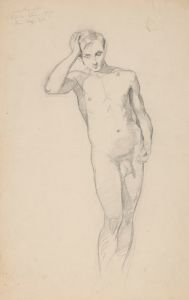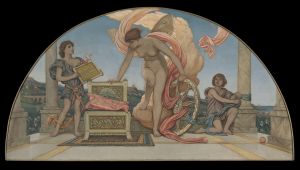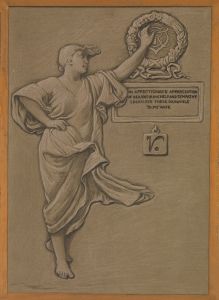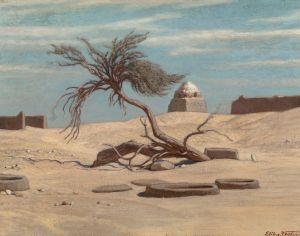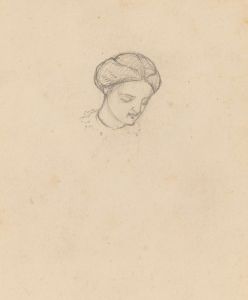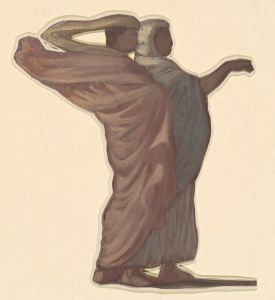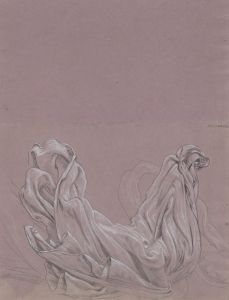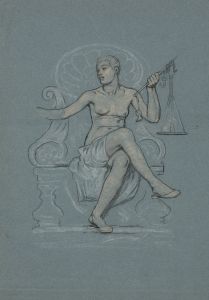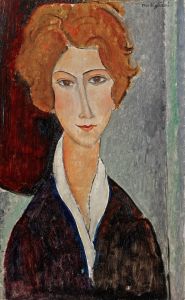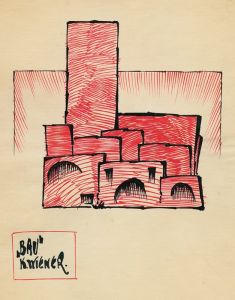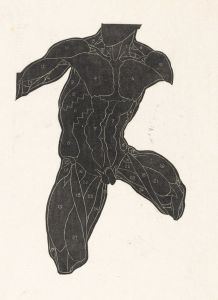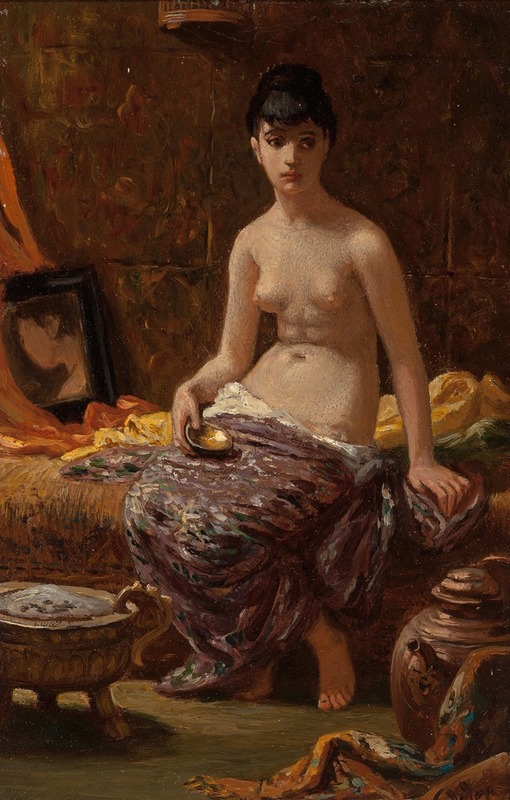
Study for Odalisque
A hand-painted replica of Elihu Vedder’s masterpiece Study for Odalisque, meticulously crafted by professional artists to capture the true essence of the original. Each piece is created with museum-quality canvas and rare mineral pigments, carefully painted by experienced artists with delicate brushstrokes and rich, layered colors to perfectly recreate the texture of the original artwork. Unlike machine-printed reproductions, this hand-painted version brings the painting to life, infused with the artist’s emotions and skill in every stroke. Whether for personal collection or home decoration, it instantly elevates the artistic atmosphere of any space.
Elihu Vedder's Study for Odalisque is a preparatory work created by the American artist Elihu Vedder (1836–1923), who is best known for his association with the Symbolist movement and his contributions to the decorative arts. This study reflects Vedder's interest in exotic and allegorical themes, which were prevalent in 19th-century art, particularly among artists influenced by Orientalism and Symbolism.
The term "odalisque" traditionally refers to a female attendant or concubine in a harem, a subject that became popular in Western art during the 19th century as part of the Orientalist fascination with the Middle East and North Africa. While the exact context of Vedder's Study for Odalisque is not widely documented, the work likely served as a preliminary exploration of form, composition, or mood for a larger or more finished piece. Such studies were common practice for artists of the time, allowing them to experiment with ideas before committing to a final version.
Vedder's artistic style often combined elements of realism with imaginative and symbolic content. His works frequently explored themes of mystery, spirituality, and the human condition. While Study for Odalisque may not be as well-known as some of his other works, such as his illustrations for Edward FitzGerald's The Rubaiyat of Omar Khayyam, it nonetheless demonstrates his skill in draftsmanship and his interest in evocative, otherworldly subjects.
The medium and dimensions of Study for Odalisque are not widely recorded, but it is likely that Vedder employed traditional materials such as pencil, charcoal, or ink for this type of preparatory work. The study may have been intended as a standalone piece or as part of a larger project, though no definitive connection to a finished painting or series has been established.
Elihu Vedder spent much of his career in Italy, where he was influenced by classical art and Renaissance traditions. His time in Europe also exposed him to the broader Symbolist movement, which sought to convey abstract ideas and emotions through symbolic imagery. While Study for Odalisque may not explicitly align with Symbolist ideals, it reflects Vedder's broader interest in exploring themes that transcend the ordinary.
Due to the limited information available about this specific work, further details regarding its creation, provenance, and current location remain unclear. However, Study for Odalisque serves as a testament to Vedder's artistic process and his engagement with the cultural and artistic currents of his time.






